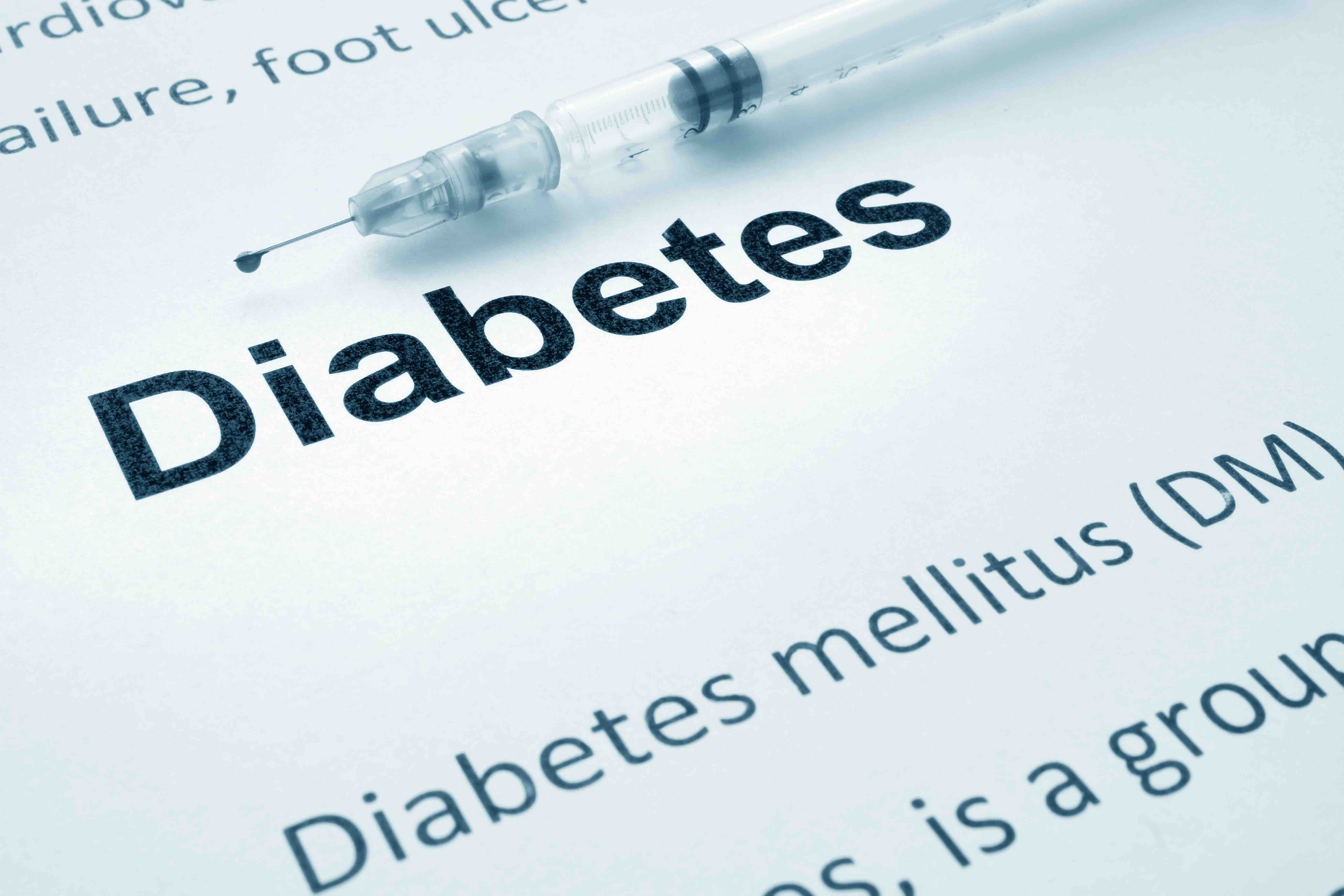Article
Sleep Apnea Could Compound Diabetes Risk in African Americans
Author(s):
African Americans with severe sleep apnea are more likely to have higher blood glucose levels, according to a new study published in the Journal of the American Heart Association. High blood glucose levels increase the risk of developing diabetes, a disease already more prevalent in African Americans.
African Americans with severe sleep apnea are more likely to have higher blood glucose levels, according to a new study published in the Journal of the American Heart Association. High blood glucose levels increase the risk of developing diabetes, a disease already more prevalent in African Americans.
Findings from this analysis, based on information from The Jackson Heart Study, suggest better sleep habits may lead to improved blood glucose control, ultimately aiding prevention and management of diabetes in African Americans. Factors including fasting blood glucose concentration, HbA1c levels, and insulin resistance were measured to classify metabolic health.
“Over a lifetime, black men are 1.5 times more likely than white men, and black women are 2 times more likely than white women, to develop diabetes,” researchers said.
In total, the study included nearly 800 African American participants who completed home sleep apnea testing and 7‐day wrist actigraphy between 2012 and 2016. Researchers determined associations between sleep characteristics and measures of glucose metabolism using multivariable linear regression. Cross-sectional analyses revealed sleep‐disordered breathing, overnight hypoxemia, and sleep fragmentation were all associated with higher blood glucose levels among African Americans.
“The study underscores the importance of developing interventions to promote regular sleep schedules, particularly in those with diabetes,” said Yuichiro Yano, MD, PhD, a lead author of the study. “It also reaffirms the need to improve the screening and diagnosis of sleep apnea, both in African Americans and other groups.”
Sleep duration, sleep efficiency, night-to-night variability in sleep duration, and sleep fragmentation (multiple disruptions during sleep) were analyzed and used to divide participants into regular sleepers, individuals with mild sleep apnea, moderate sleep apnea, and severe sleep apnea. The study excluded individuals who utilized continuous positive airway pressure machines (CPAPs), who had invalid sleep apnea test data, or invalid measures of glucose metabolism.
Of the 789 study participants, 25% had type 2 diabetes (T2D), 20% reported taking diabetes medication, and around 57% had a diagnosis of obstructive sleep apnea but were not receiving any treatment for this condition.
Data showed individuals with severe sleep apnea had 14% higher fasting blood glucose levels compared with individuals without sleep apnea, while severe sleep apnea was associated with higher HbA1c levels. Individuals who exhibited sleep fragmentation and sleep duration variability were also more likely to have increased blood glucose levels. In individuals without diabetes, disturbed sleep was associated with higher insulin resistance.
Black men exhibited stronger associations of sleep apnea and high blood glucose levels compared with black women. This cohort also exhibited 10% higher fasting blood glucose levels compared with women with severe sleep apnea.
“Although average sleep duration has been a focus of most epidemiological studies of sleep and metabolic health, emerging data suggest that sleep duration variability is also associated with adverse cardiovascular and metabolic outcomes,” researchers said. “Greater sleep duration variability correlates with increased consumption of high‐calorie food. Variability in sleep duration also may result in circadian misalignment and metabolic dysfunction.”
Researchers note future studies ought to be conducted to determine whether improvement of sleep apnea and sleep patterns could aid glycemic control and decrease insulin resistance.
Reference
Yano Y, Gao Y, Johnson DA, et al. Sleep characteristics and measures of glucose metabolism in Blacks: The Jackson heart study [published online April 28, 2020]. J Am Heart Assoc. doi: 10.1161/JAHA.119.013209.





